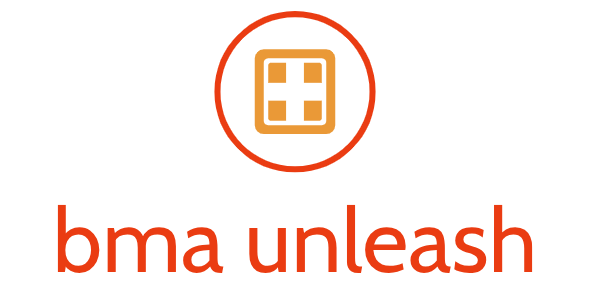
The Rise of Digital Art and its Accessibility
Digital art, once a niche pursuit, has exploded in popularity. The ease of access to powerful software, coupled with the affordability of digital tablets and styluses, has democratized art creation. No longer are aspiring artists bound by the cost of traditional materials or the limitations of physical space. This accessibility has fostered a vibrant and diverse artistic community, pushing boundaries and experimenting with new techniques.
AI’s Impact on the Creative Process
Artificial intelligence is rapidly transforming the digital art landscape. Tools like Midjourney, Dall-E 2, and Stable Diffusion allow artists to generate stunning visuals from simple text prompts, acting as powerful collaborative partners. While concerns about AI replacing artists exist, the reality is more nuanced. These tools serve as inspiration, offering new avenues for exploration and allowing artists to focus on refining and personalizing AI-generated content. It’s a shift towards a collaborative relationship between human creativity and artificial intelligence.
Exploring New Mediums and Techniques
Digital art isn’t just about mimicking traditional styles. Artists are continually pushing the boundaries of the medium, exploring innovative techniques that are unique to the digital realm. This includes experimenting with interactive elements, incorporating 3D modeling and animation, and creating immersive virtual and augmented reality experiences. The digital canvas offers limitless possibilities, allowing artists to craft entirely new forms of artistic expression.
The Community and Collaboration in Digital Art
The digital art world is characterized by a strong sense of community. Online platforms like ArtStation, DeviantArt, and Instagram provide spaces for artists to share their work, receive feedback, and connect with fellow creators. This collaborative spirit fosters innovation and mutual support, leading to a constant exchange of ideas and techniques. The ease of sharing digital artwork has also made it easier for artists to find collaborators and build upon each other’s work.
NFTs and the Changing Landscape of Art Ownership
Non-fungible tokens (NFTs) have revolutionized the way art is bought, sold, and owned. By providing a verifiable record of ownership on a blockchain, NFTs have given digital artists a new avenue for monetizing their work and engaging directly with collectors. While the NFT market has faced its share of challenges, it continues to evolve, offering new opportunities for artists to build a sustainable career and connect with a global audience.
Digital Art’s Growing Influence on Other Industries
The impact of digital art extends beyond the art world itself. Its influence is increasingly felt in film, game design, advertising, and even fashion. Digital artists are collaborating with major brands, creating visually stunning assets and pushing creative boundaries across a range of industries. This crossover reflects the growing recognition of digital art’s power and versatility.
The Future of Digital Art: Uncharted Territories
The future of digital art is as exciting as it is unpredictable. As technology continues to evolve, so too will the tools and techniques available to artists. We can expect to see further integration of AI, virtual reality, and augmented reality, creating entirely new forms of artistic expression. The potential for innovation is limitless, promising a future filled with breathtakingly imaginative and technologically advanced artwork.
Challenges and Considerations in the Digital Realm
Despite its many advantages, the digital art world also faces unique challenges. The issue of copyright infringement and AI-generated art’s ethical implications remain ongoing debates. Furthermore, the ever-evolving technological landscape requires artists to constantly adapt and learn new skills to remain competitive. Navigating these challenges is crucial for ensuring a sustainable and ethical future for digital art. Read also about cool digital drawings.










